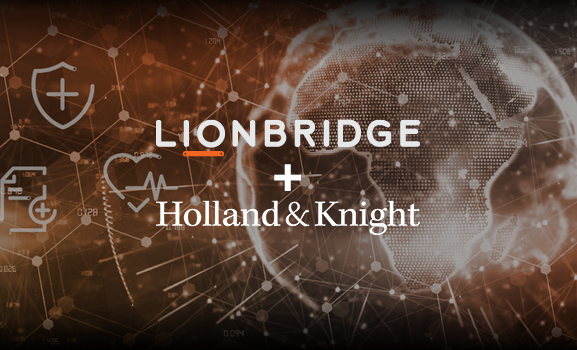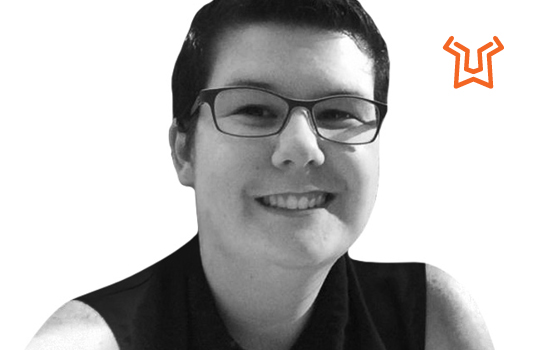- WHAT WE DO
Additional Services

- Industries

Case Study: Multilingual Retail Marketing
New AI Content Creation Solutions for a Sports and Apparel Giant

- RESOURCES

- WHO WE ARE

What We Do Home
Generative AI
- AI Translation Services
- Content Remix
AI Training
- Aurora AI Studio™
Machine Translation
- MT Tracker
Instant Interpreter
Smart Onboarding
Translation Service Models
Content Services
- Technical Writing
- Training & eLearning
- Financial Reports
- Digital Marketing
- SEO & Content Optimization
Translation Services
- Video Localization
- Software Localization
- Website Localization
- Translation for Regulated Companies
- Interpretation
- Instant Interpreter
- Live Events
- Language Quality Services
Testing Services
- Functional QA & Testing
- Compatibility Testing
- Interoperability Testing
- Performance Testing
- Accessibility Testing
- UX/CX Testing
Industries Home
Life Sciences Translations
- Pharmaceutical Translations
- Clinical Trial Translations
- Regulatory Translations
- Post-Approval Translations
- Corporate Pharma Translations
- Medical Device Language Services
- Validation and Clinical
- Regulatory Translations
- Post-Authorization Translations
- Corporate Medical Device Translations
Banking & Finance
Retail
Luxury
E-Commerce
Games
Automotive
Consumer Packaged Goods
Technology
Industrial Manufacturing
Legal Services
Travel & Hospitality
Insights
- Blog Posts
- Case Studies
- Whitepapers
- Solution Briefs
- Infographics
- eBooks
- Videos
Webinars
Lionbridge Knowledge Hubs
- Positive Patient Outcomes
- Modern Clinical Trial Solutions
- Patient Engagement
- AI Thought Leadership
SELECT LANGUAGE:
Artificial Intelligence and Large Language Models (LLMs) have revolutionized the Life Sciences industry. The traditional way content has been created, processed, and translated since the 1990s, where ICH harmonization was introduced to drug development, is being challenged. New best practices are yet to be found to control risks and drive large-scale benefits of generative AI for regulated documentation and life sciences language services. Although Life Sciences isn’t the first industry to embrace AI, Lionbridge recommends drug sponsors seriously explore the opportunities for AI services for life sciences companies.
In this blog series, we’ll explore the life cycle stages of a medicinal drug product from a content and language-focused perspective. We’ll offer insights into how LLMs can effectively and safely be applied even to regulated product translations. What are the challenges of applying LLMs? Where do we see the opportunities for AI in life sciences?
First, we’ll dive into the pre-market drug development and regulatory registration stage.
AI in Life Sciences for Pre-Market Medicine Language Strategy
A drug is developed through more R&D stages, where safety and performance data are generated and accumulated to support its Target Product Profile (TPP). The TPP contains the intended profile of the commercial drug product and the criteria to be met in the clinical program. The Clinical Development Plan (CDP) is based on the TPP and scientific review with regulatory authorities to ensure the right data are generated for regulatory filing and approval. The CDP outlines the research strategy for the drug candidate and planned clinical studies. Because drug development relies on biology and chemistry, it’s a highly iterative process driven by data and massive volumes of content and documentation to substantiate the claims eventually placed on the commercial product labeling. The complexity and iterative nature of R&D and regulatory strategies for new medicinal drugs impact language services and how AI may effectively be applied to product-related content.

Fragmented Document Ownership, a Barrier for AI Adoption
During the pre-market stage of a drug product’s life cycle, document development is highly specialized and driven by different functional units. These units include Pre-clinical Research, Clinical Development/Operations, Regulatory Affairs, and Medical Affairs. These functions collaborate closely via project teams to develop, review, and approve essential R&D documentation, including clinical protocols or submission dossiers. However, there is often little (or no) cross-functional interaction when planning and procuring language services for the same content. Such a lack of strategic or functional coordination of language outcomes is a barrier to unlocking the full benefits of Large Language Models for pharmaceutical translation services.
The TPP and the CDP are typically owned by a core project team responsible for the drug compound’s scientific, strategic, and commercial aspects. Multiple other core documents besides the TPP and the CDP will exist on a “compound level,” such as the:
- Global Regulatory Strategy
- Investigator’s Brochure
- Investigational Medicinal Product Dossier
- New Drug Application
Clinical trial teams are typically established in temporary subprojects during clinical drug development to deliver on the CDP. The teams will be closed once trial results are delivered. Executing a CDP may take several years, so trial teams will come and go. They may also be allocated resources either internally or externally via outsourcing solutions. Trial teams own the essential documentation generated for each individual clinical trial, which will end up in the Trial Master File and, eventually, in the new drug filing.
Due to the temporary trial project team organization, there’s no automated carry-over of repeat content from one clinical trial to another regarding language translations. Resultantly, two similar pivotal phase three protocols may be translated by two or more language service providers if a language strategy is not proactively set up for the full clinical program. The result is missed opportunities for fully leveraging AI in life sciences language assets.
Early Language Strategy— The Bridge to Full AI in Life Sciences Adoption
Language outcomes rarely have a central or global owner unless a global translation team is set up and given a strategic mandate. This is due to the complexity and fragmented content ownership in a typical R&D organization. Global procurement teams may think strategically about the cost-effectiveness of the language procurement category, but rarely have deep insights into regulated documentation and AI. Nor do these teams often have the expertise to ask their functional content owners the right questions.
At Lionbridge, we recommend our customers establish an AI language strategy early in the clinical development phase. Clinical Operations or a clinical outsourcing function can own a strategy. Lionbridge’s team of AI, language, and life sciences experts can also assist with a strategy. The opportunity windows of LLMs are most prominent from phase two onwards in the clinical development plan. They peak during the regulatory registration phase, when all data and documentation are compiled.
A drug sponsor can further optimize content and messaging in a successful market launch with a full content dossier and consolidated language assets from the pre-market stage — managed under a common language strategy.
The Opportunities of AI in Life Sciences Pre-market Stages
Incremental and accelerating cost-savings as more data and documentation accumulate and repeat.
Improved language accuracy and consistency across all trial documentation, trial results communication, trial participant information, clinical and regulatory submission dossiers, and labeling information/claims.
Optimized leverage of language assets across content owned on compound and trial levels.
Get in touch
Ready to explore the opportunities of AI-powered Life Sciences localization services for your drug development life cycle? We offer life sciences content translation and solutions for every touchpoint in your journey, including AI and life sciences language solutions. Let’s get in touch.



